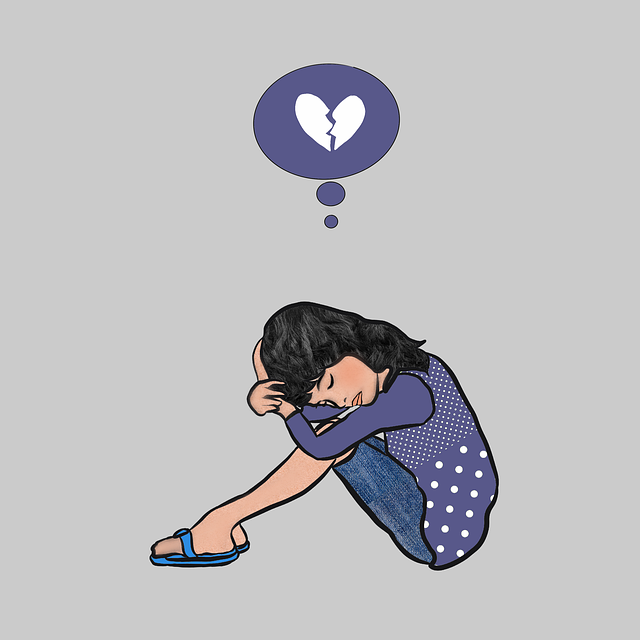Oregon's civil commitment process for mental health is a multi-step, structured guide designed to ensure fairness and informed decision-making. It begins with an initial assessment by qualified professionals determining legal criteria for voluntary or involuntary commitment based on treatment history, risk of harm, and illness severity. After potential stabilization, a detailed assessment guides long-term treatment planning. This collaborative process involves healthcare providers, law enforcement, and family members, balancing legal, medical, and emotional aspects while adhering to Oregon's commitment procedural guide and state laws.
“In Oregon, the commitment process plays a pivotal role in managing severe mental health crises. This comprehensive guide delves into the key components of Oregon’s civil commitment procedure, offering insights for all stakeholders involved.
From initial assessment and intervention, where recognizing crisis signs is paramount, to legal proceedings, court involvement, and eventual admission to mental health facilities, each stage is meticulously outlined. We explore the rights and responsibilities of individuals, healthcare professionals, and law enforcement throughout this process.
Furthermore, our guide illuminates discharge procedures, post-discharge support, and available resources, providing a detailed procedural guide for navigating Oregon’s commitment process.”
- Initial Assessment and Intervention
- – Understanding the process begins with recognizing signs and symptoms of mental health crises.
- – Roles of individuals involved (e.g., healthcare professionals, law enforcement, family members).
- – Steps for conducting a thorough assessment to determine suitability for civil commitment.
Initial Assessment and Intervention

In Oregon, the civil commitment process for mental health begins with an initial assessment, a crucial step in understanding the commitment procedure. This involves a comprehensive evaluation by qualified professionals to determine if an individual meets the legal criteria for voluntary or involuntary commitment. The assessment considers factors like the person’s history of treatment, risk of harm to self or others, and whether they pose a danger due to severe mental illness. If the assessment indicates a need for immediate intervention, the next stage involves a crisis stabilization period, which can include temporary detention in a hospital setting.
During this initial phase, interventions are tailored to address the individual’s specific needs. This may involve medication management, therapy sessions, and other supportive services aimed at stabilizing their mental health. The goal is to ensure the person receives appropriate care while also ensuring public safety. Following stabilization, a more in-depth assessment is conducted to determine the most suitable treatment plan, setting the foundation for successful long-term management of their mental health condition within Oregon’s commitment procedural guide.
– Understanding the process begins with recognizing signs and symptoms of mental health crises.

Understanding the signs and symptoms of a mental health crisis is the first step in navigating Oregon’s civil commitment process. This process involves a series of specific steps, detailed in Oregon’s commitment procedural guide, to ensure that individuals receiving treatment are doing so safely and voluntarily. Recognizing distressing behaviors or significant changes in mood and thinking can prompt intervention, leading to evaluation by qualified professionals. If an individual meets the legal criteria for civil commitment, a court order can be obtained, initiating the official process.
The legal commitment process in Oregon is designed to balance an individual’s rights with their need for treatment. Each stage involves careful consideration and documentation of symptoms, treatment history, and potential risks. This systematic approach ensures that the commitment is made with transparency and adherence to state laws, providing a structured framework for those requiring mental health support.
– Roles of individuals involved (e.g., healthcare professionals, law enforcement, family members).

In Oregon, the civil commitment process involves a collaborative effort from various individuals to ensure a comprehensive and fair procedure. Healthcare professionals play a pivotal role by conducting assessments and providing critical insights into an individual’s mental health status. They are responsible for evaluating whether the person meets the legal criteria for commitment, offering treatment plans, and monitoring progress throughout the process. Law enforcement officers facilitate the initial stages by receiving reports of potential hazards and ensuring the safety of both the public and the subject in question. They collaborate with healthcare professionals to determine the need for civil commitment and transport individuals to facilities when necessary.
Family members or caregivers also have a significant part to play in Oregon’s commitment process. Their involvement can help provide context, share insights into the individual’s behavior and history, and offer support during the commitment procedure. While respecting privacy concerns, family members may be involved in decision-making processes and receive updates on their loved one’s progress. Understanding these roles is essential for navigating the Oregon civil commitment process, as it ensures a multi-faceted approach that considers legal, medical, and emotional aspects of mental health care.
– Steps for conducting a thorough assessment to determine suitability for civil commitment.

The Oregon civil commitment process involves a meticulous assessment to ensure the suitability and necessity for such a measure. This initial stage is crucial in determining whether an individual poses a danger to themselves or others, as defined by state laws. The process begins with a comprehensive evaluation conducted by qualified mental health professionals. They thoroughly review the individual’s medical history, psychological assessments, and recent behavior patterns. This includes interviews with the person, family members, and caregivers who can provide insights into their mental state and potential risks.
The assessment aims to identify specific criteria such as severe mental illness, cognitive impairments, or substance abuse that may contribute to dangerous behaviors. It also considers the individual’s social support network, access to treatment resources, and any history of non-compliance with previous treatment plans. By following this structured guide, Oregon’s legal commitment process ensures fairness and provides a clear path for both the affected individual and the court system to make informed decisions regarding their care and well-being.






